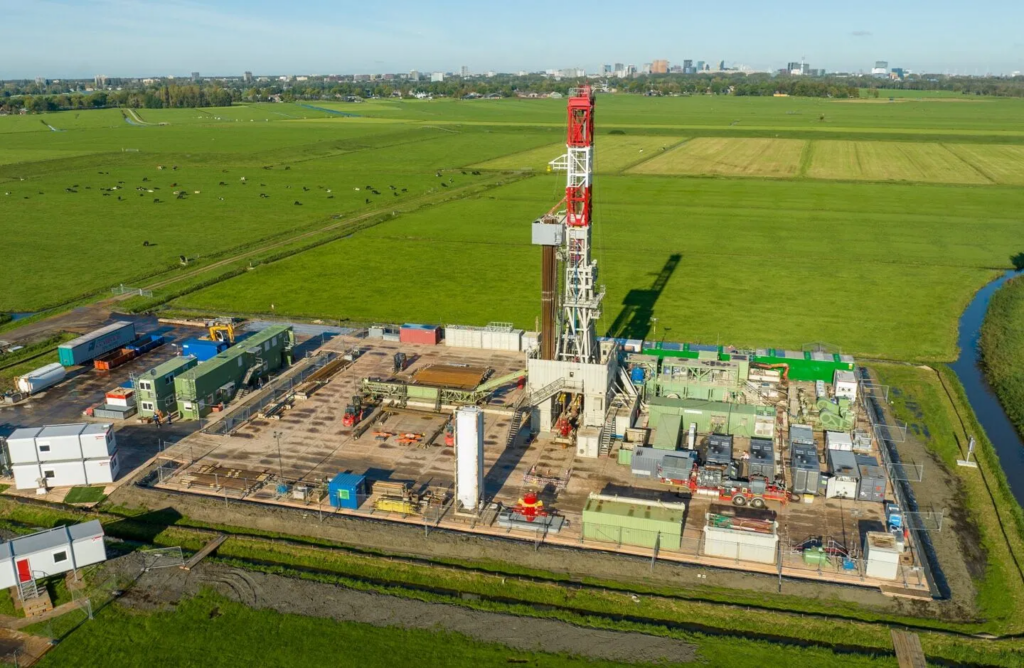
Drilling has already started at the first drilling site in Heijningen in the municipality of Moerdijk. The plan is to drill a borehole in this location to a depth of 850 meters. Drilling will then progress to Heesch in the Bernheze municipality and Eindhoven.
Once drilling in Heijningen has reached its deepest point, two to three weeks of testing will be done. Among other things, the tests aim to determine the thickness and permeability of the Zand van Brussel formation. Core samples will also be collected. All the materials and data from the research well will be examined and the results will later be made publicly available. After the drilling, the location will be restored to its original state and nothing will be visible anymore.
This drilling campaign is being done as part of the SCAN project, which aims to determine the suitability of the subsurface for the use of geothermal heat. The SCAN project is being done with subsidy from the Ministry of Economic Affairs and Climate.
“We expect to be able to carry out around seven research drillings at locations in the Netherlands where little is known about the subsurface. At the end of last year, the first drilling took place in Ouder-Amstel near the Johan Cruijff Arena. The second starts in April in Heijningen. All outcomes will be made publicly available to stimulate the development of this hopeful sustainable application,” said Gitta Zaalberg, Heat Transition Operations Manager at EBN.